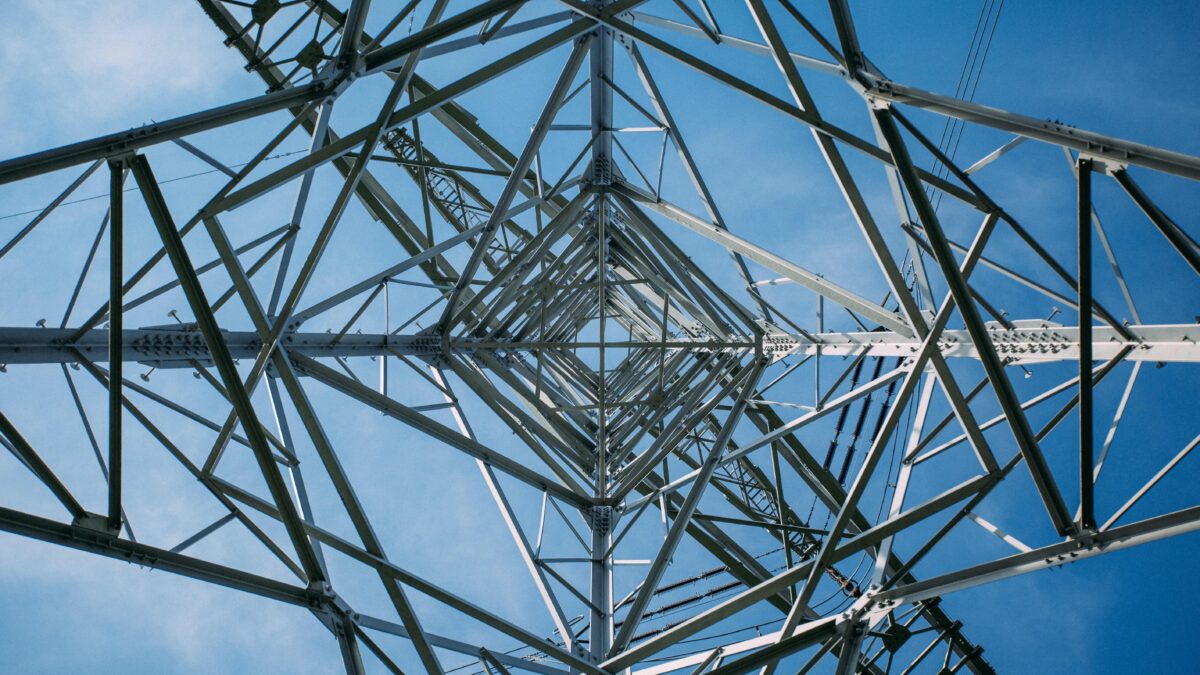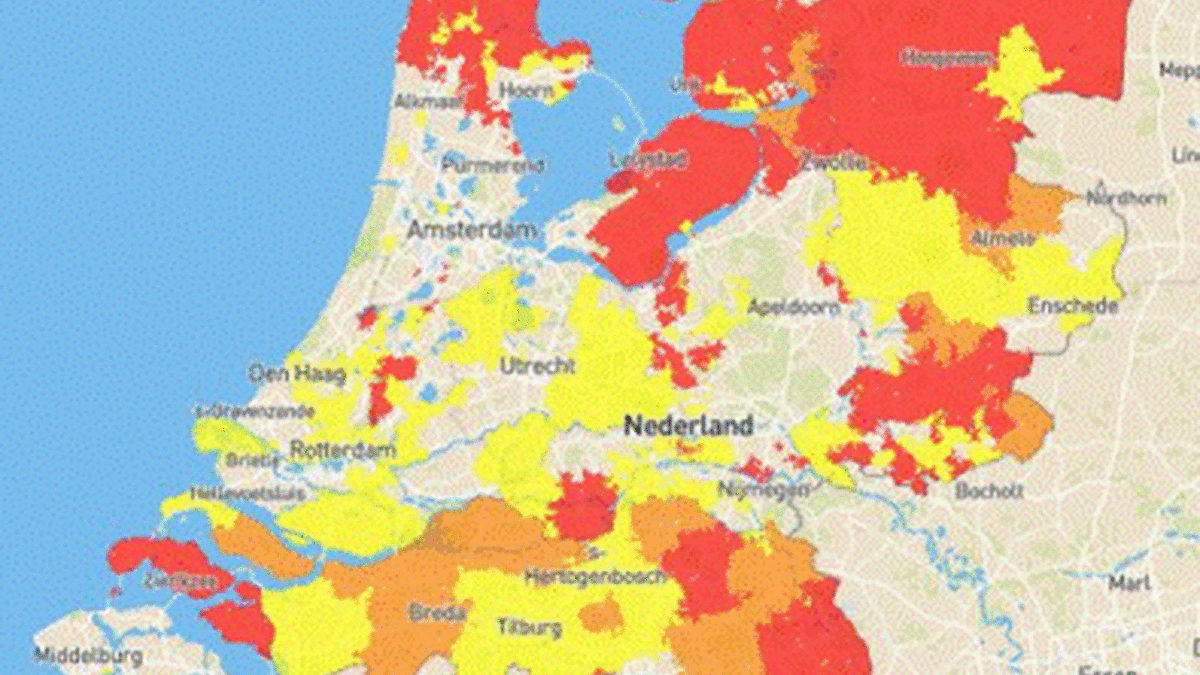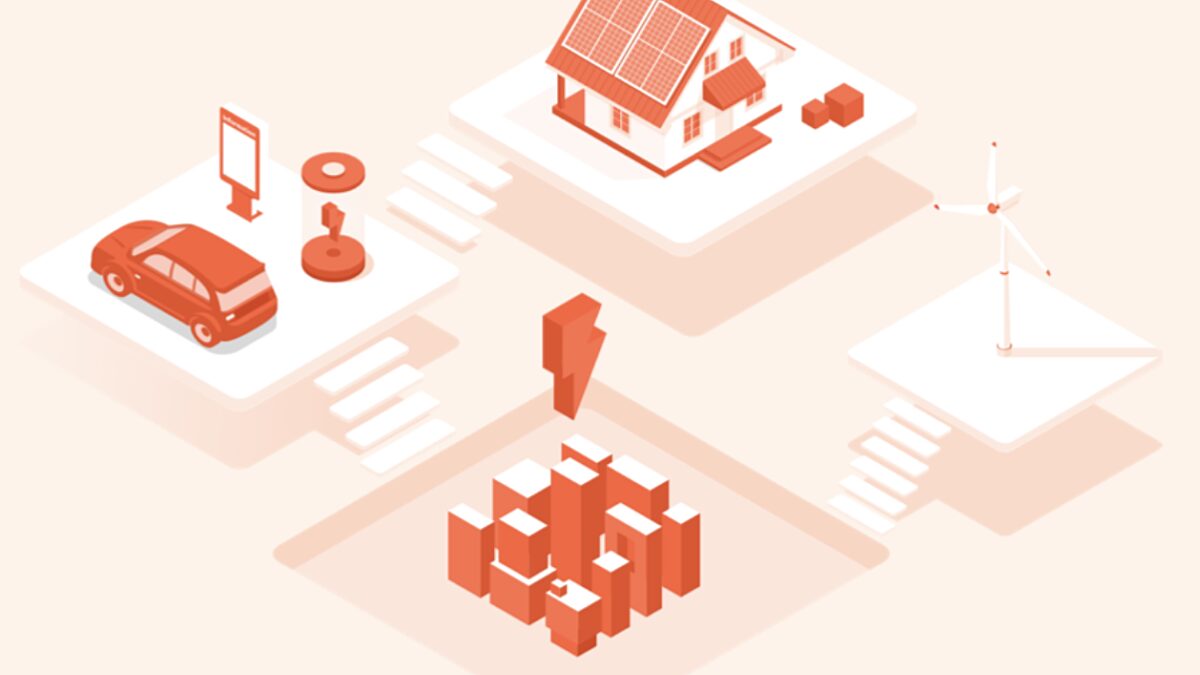Why DC
Electricity is a resource we expect to naturally have at our disposal. But what if it isn't always the case?

Available Power = ?
In this day and age, electricity is considered a basic physiological need (Maslow's pyramid). And though it is not an unlimited resource, society goes on to use and abuse it. With our world being highly digitized, our current power grid is completely outdated and does not meet the massive electronic requirements of the modern technological age.
Case and point: the local power grid in the Netherlands.

The situation of The Netherlands' electrical grid only worsened from 2021 to 2022.
Source: Liander.
DC Working With AC
Most modern devices like phones, laptops, and now electric vehicle chargers as well as PV panel connectors, use Direct Current (DC), while the grid distributes electricity in Alternating Current (AC). This conversion from AC to DC leads to power loss and increased costs.
Our research and development focus on a more efficient power distribution system that yield the benefits of working with DC energy as well as hybrid systems:
- Energy savings (15 to 25%*) by harvesting braking energy
- Less CO2 (up to 10%*)
- Copper reduction (35%*)
- Systems simplified by moving complexity to components
- Autonomous, self-regulating systems that match demand with supply
- 3 P's: Protection for People and Property, with our innovation Solid State Protection
*These results have been proven in some of our pilot projects, and can differ from application to application.
Current OS: The Way Forward

The electrical world is more familiar with AC systems which are not well-adapted for DC distribution. This requires a new set of rules that ensure resilience, safety and cybersecurity for cutting-edge DC systems.